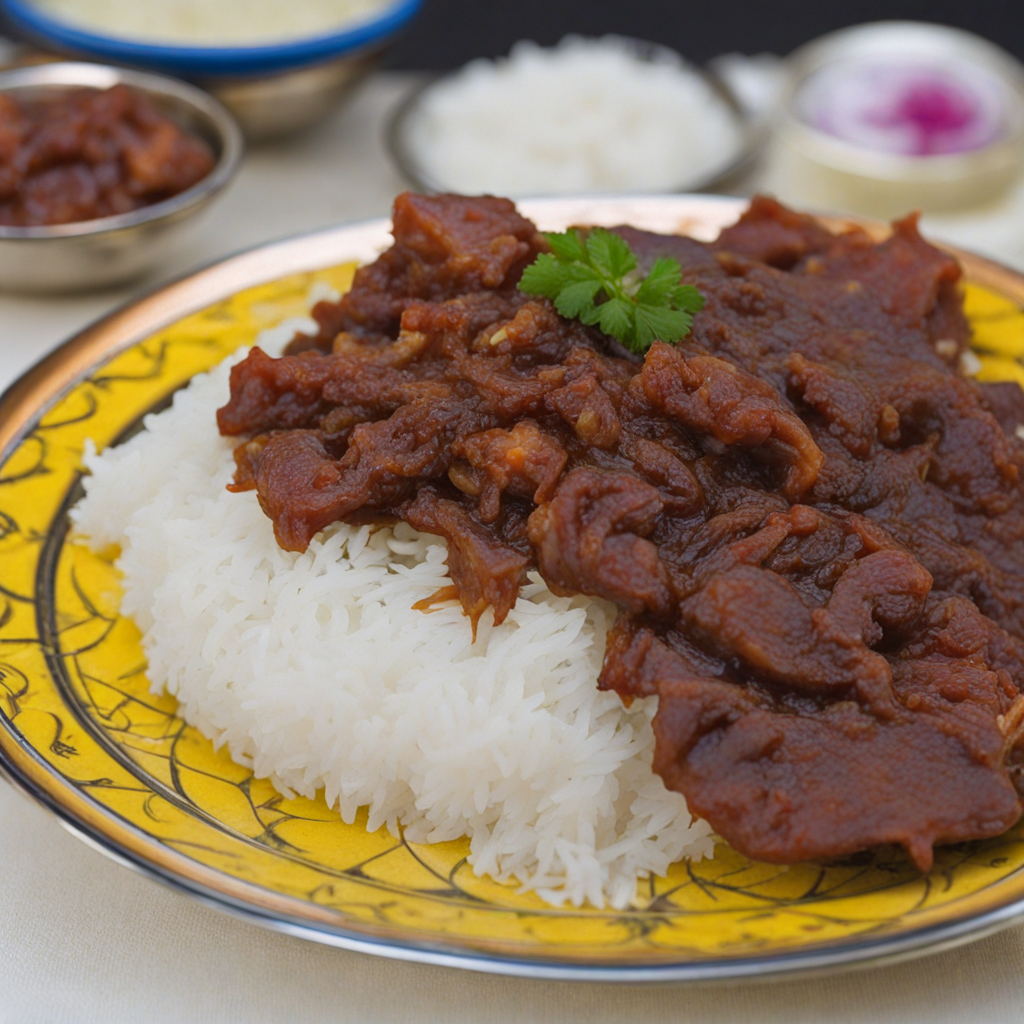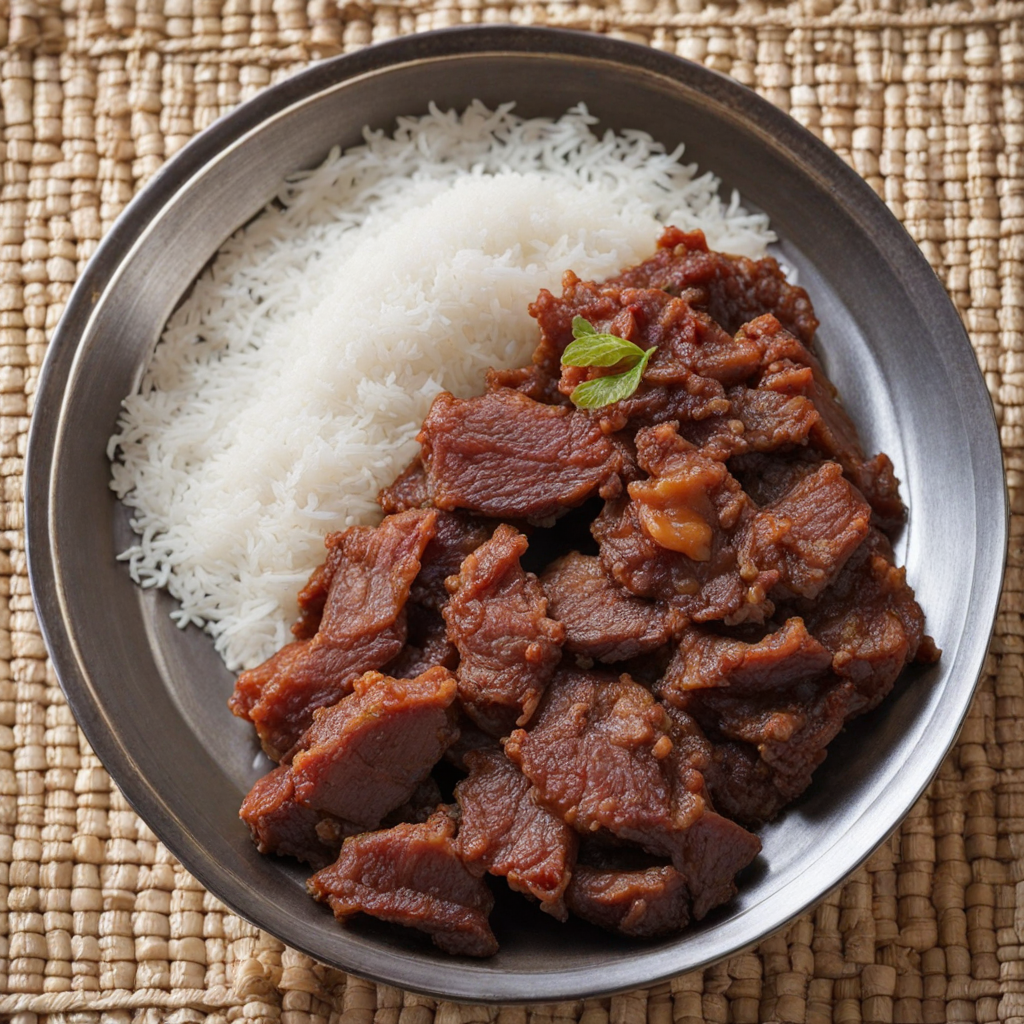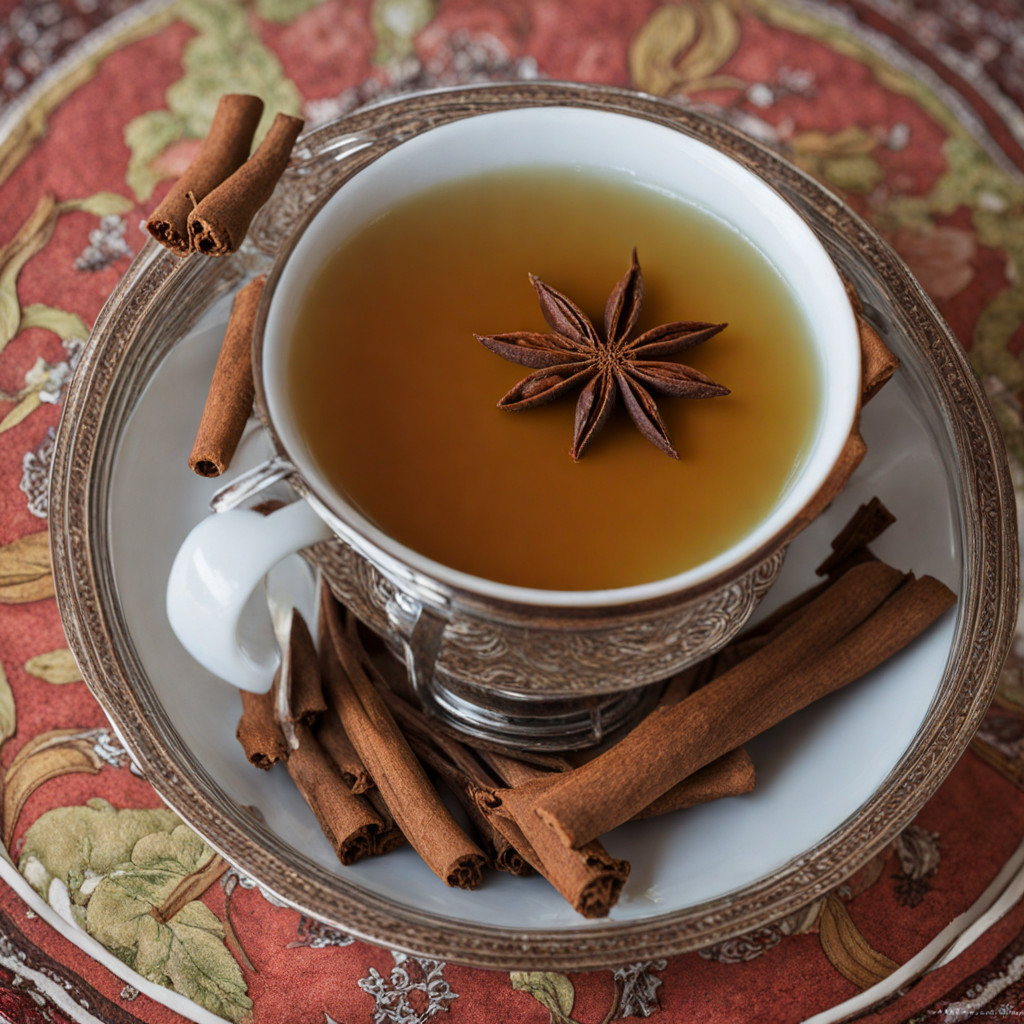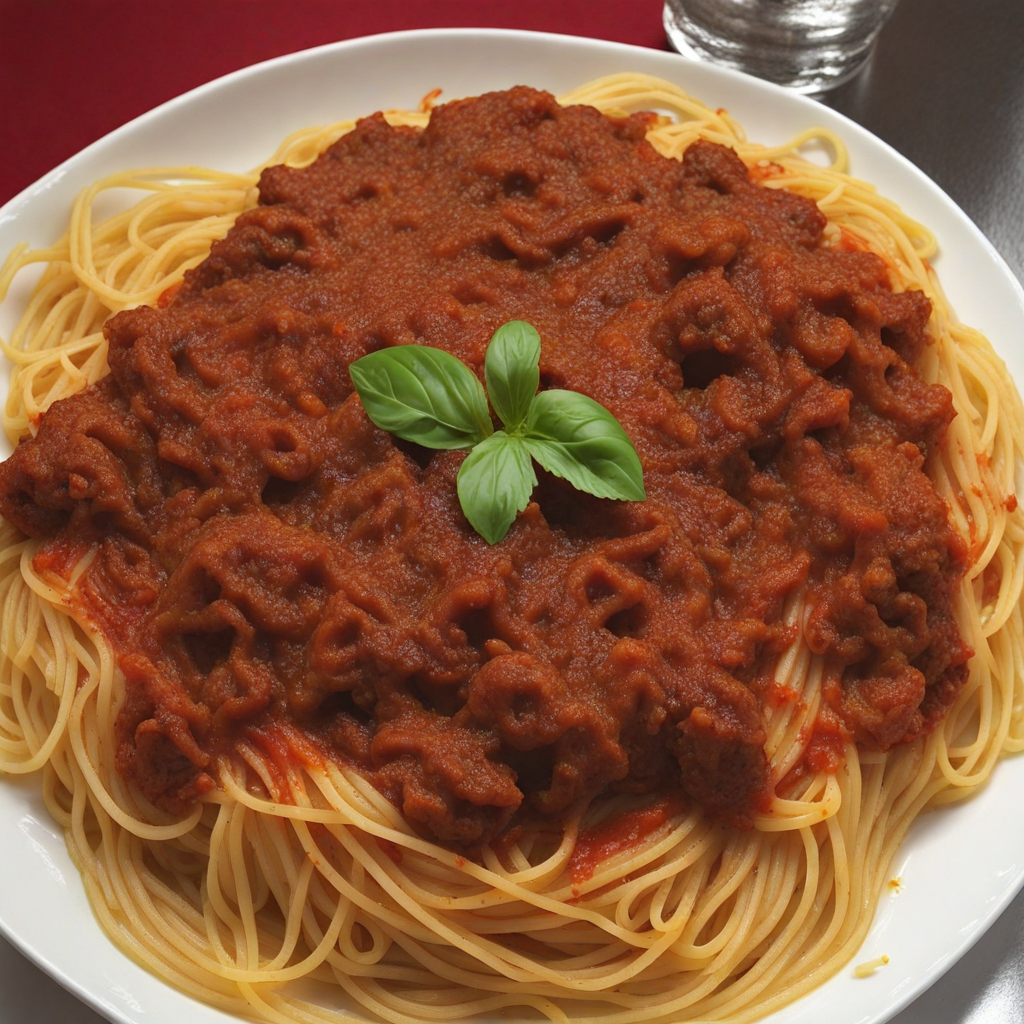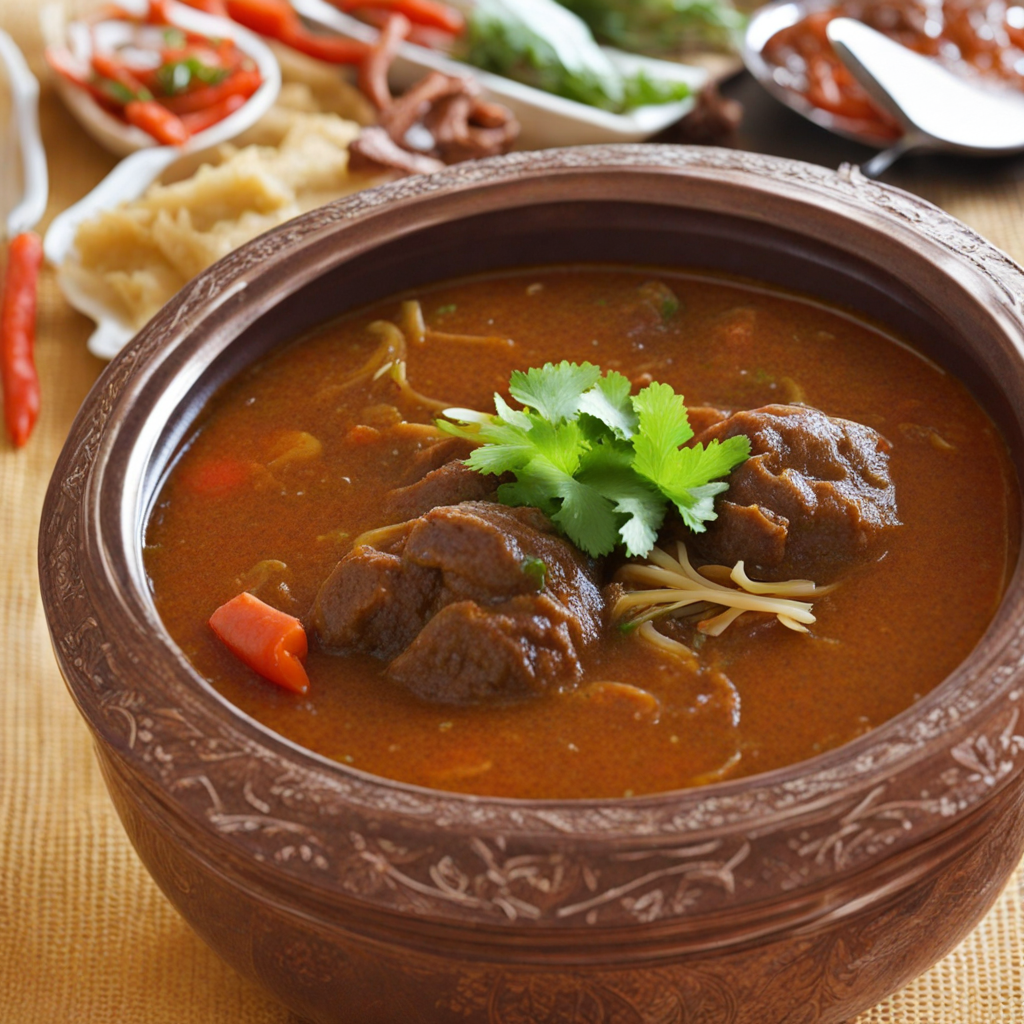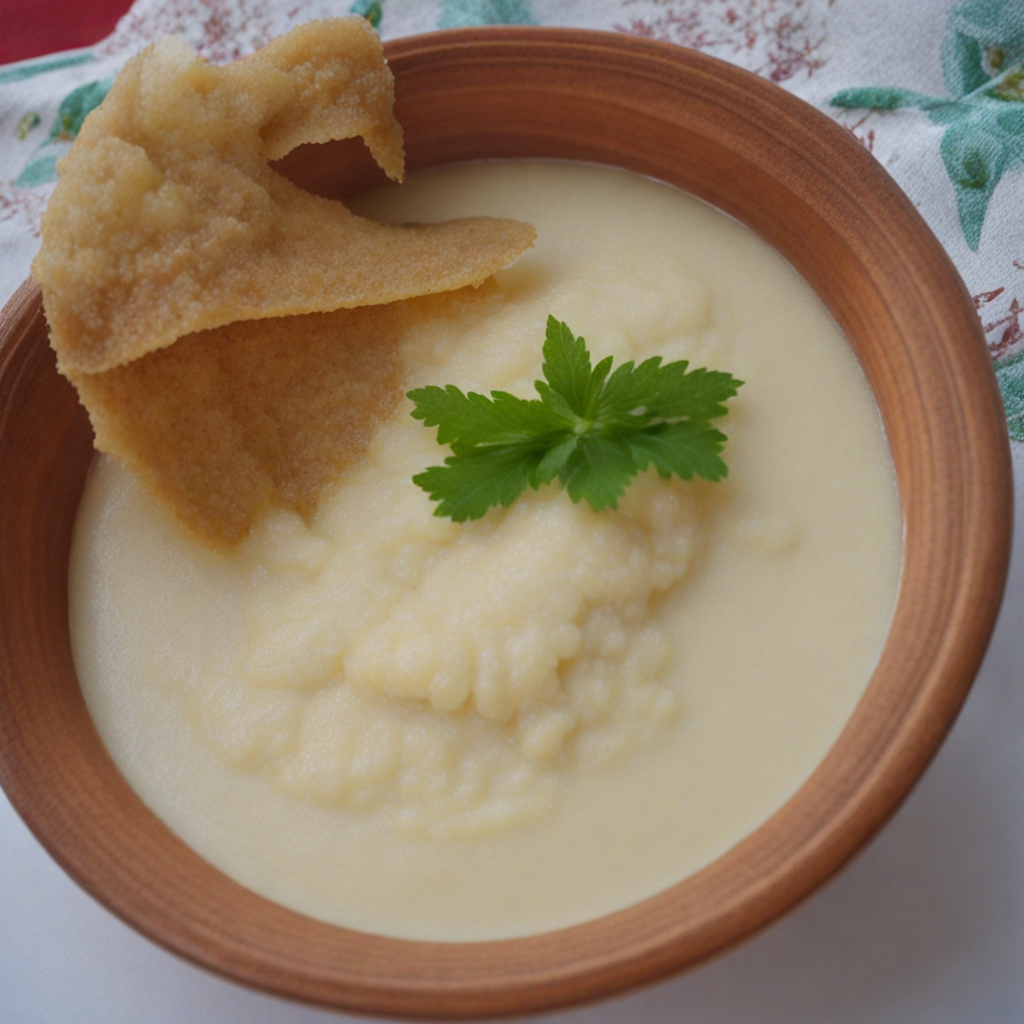Muqmad
Muqmad is a traditional Djiboutian delicacy that offers a unique blend of flavors and textures, making it a must-try for anyone seeking to explore the rich culinary heritage of the region. This dish consists of air-dried beef, often marinated in a mixture of spices, including cumin, coriander, and sometimes chili, which infuse the meat with a tantalizing depth of flavor. The drying process not only preserves the meat but also intensifies its taste, resulting in a concentrated umami experience that is both savory and satisfying. Once prepared, Muqmad is typically enjoyed as a snack or appetizer, often accompanied by traditional flatbreads or served with a side of spicy dipping sauces that complement the robust flavor of the beef. The texture is somewhat chewy, yet tender, creating a delightful contrast that enhances the eating experience. Each bite reveals layers of spice, allowing you to savor the craftsmanship that goes into this beloved dish. Muqmad is not just a meal; it embodies the cultural significance of communal eating in Djibouti. Often shared among family and friends, it symbolizes hospitality and togetherness. Whether enjoyed on its own or as part of a larger spread, Muqmad reflects the warm and vibrant spirit of Djiboutian cuisine, making it a delightful exploration for anyone eager to discover new tastes.
How It Became This Dish
The History of مقمد (Maqmad) from Djibouti: A Culinary Journey #### Origins of مقمد Maqmad, a traditional Djiboutian dish, is a unique representation of the region's rich culinary heritage. Its origins trace back to the blending of various cultures that have influenced the Horn of Africa over centuries. Djibouti, positioned at the crossroads of Africa and the Arabian Peninsula, has long been a melting pot of diverse cultures, including Somali, Afar, Arab, and French influences. This multicultural backdrop has shaped the local cuisine, making it a vibrant tapestry of flavors, ingredients, and cooking techniques. Maqmad is primarily made from a base of rice or a type of flatbread known as "injera" or "laaxo," which is commonly served with a variety of stews. The dish reflects the agricultural practices of the region, where rice is a staple food, and the use of spices and local vegetables is prominent. The ingredients often include lentils, vegetables, and sometimes meat, often seasoned with traditional spices like cumin, coriander, and chili, which have historical roots in the spice trade that flourished through the region. #### Cultural Significance Maqmad is more than just a meal; it is a symbol of community and tradition in Djibouti. The dish is often prepared for special occasions, family gatherings, and celebrations, embodying the essence of hospitality that is deeply ingrained in Djiboutian culture. The preparation and sharing of Maqmad bring families and friends together, fostering connections and reinforcing social bonds. In Djibouti, food serves as a medium of cultural expression. Maqmad, like many other traditional dishes, reflects the identity of the Djiboutian people. It showcases the resourcefulness of the community in making use of local ingredients and flavors while adapting to the influences that have come from trade and migration. The communal aspect of dining, where large platters are shared, emphasizes the values of generosity and unity. Moreover, Maqmad holds historical significance, as it has been a part of the Djiboutian diet for generations. The dish has evolved over time but remains rooted in its traditional preparation methods. It is commonly associated with the nomadic and semi-nomadic lifestyles of the Afar and Somali people, who historically relied on the resources available to them in the arid landscape. As the country transitioned into a more urbanized society, Maqmad adapted to modern tastes while still retaining its cultural essence. #### Development Over Time The evolution of Maqmad can be traced through various historical milestones. The impact of colonization, trade, and globalization has played a crucial role in shaping the dish as we know it today. French colonial influence in Djibouti brought new culinary techniques and ingredients, which began to mingle with traditional practices. This led to the introduction of new spices, cooking methods, and even the incorporation of elements from French cuisine, creating a unique fusion that defines modern Djiboutian cooking. Additionally, the food trade along the Red Sea and the Gulf of Aden enabled the exchange of ingredients and culinary techniques between nations. Spices from India and the Middle East found their way into Djibouti's kitchens, enriching the flavor profile of Maqmad. The influence of neighboring countries, particularly Somalia, is also evident in the dish's preparation and ingredients. Over time, Maqmad has become a dish that not only represents Djibouti but also resonates with the broader cultural practices of the East African region. In contemporary times, Maqmad has seen a resurgence in popularity, particularly among the younger generation. As globalization brings diverse culinary influences into the mainstream, Djiboutians are finding new ways to celebrate their heritage through food. Chefs and home cooks alike are experimenting with traditional recipes, incorporating modern cooking techniques while preserving the essence of the dish. This revival has led to the emergence of restaurants specializing in traditional Djiboutian cuisine, where Maqmad is often a star feature on the menu. #### Modern Interpretations Today, Maqmad can be found in various forms across Djibouti and among Djiboutian communities around the world. While the basic elements remain the same, variations have emerged reflecting personal tastes and regional differences. Some versions might include seafood, mirroring the coastal proximity of Djibouti to the Indian Ocean, while others emphasize vegetarian ingredients, catering to dietary preferences. In urban settings, Maqmad is often served with an array of side dishes, including spicy sauces and pickled vegetables, enhancing the dining experience. The dish has also become popular among food enthusiasts who appreciate its cultural significance and rich flavors, leading to its inclusion in food festivals and culinary events that promote Djiboutian cuisine. #### Conclusion Maqmad is a dish that encapsulates the history, culture, and evolution of Djibouti itself. From its humble origins as a staple food among nomadic tribes to its modern interpretations in urban settings, Maqmad reflects the resilience and adaptability of the Djiboutian people. As the world becomes increasingly interconnected, the appreciation for traditional foods like Maqmad serves as a reminder of the importance of preserving culinary heritage while embracing innovation. In exploring the story of Maqmad, one gains insight into the broader narrative of Djibouti—a land rich in history, culture, and community. As families continue to gather around the table to share this beloved dish, they not only nourish their bodies but also keep alive the traditions and stories that have been passed down through generations. Maqmad, in essence, is a celebration of life, love, and the enduring power of food to bring people together.
You may like
Discover local flavors from Djibouti


